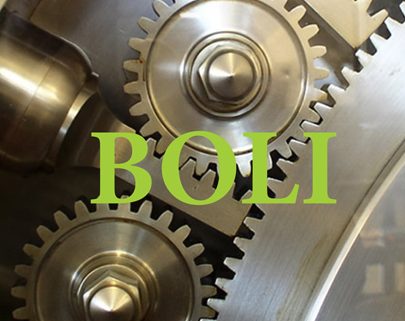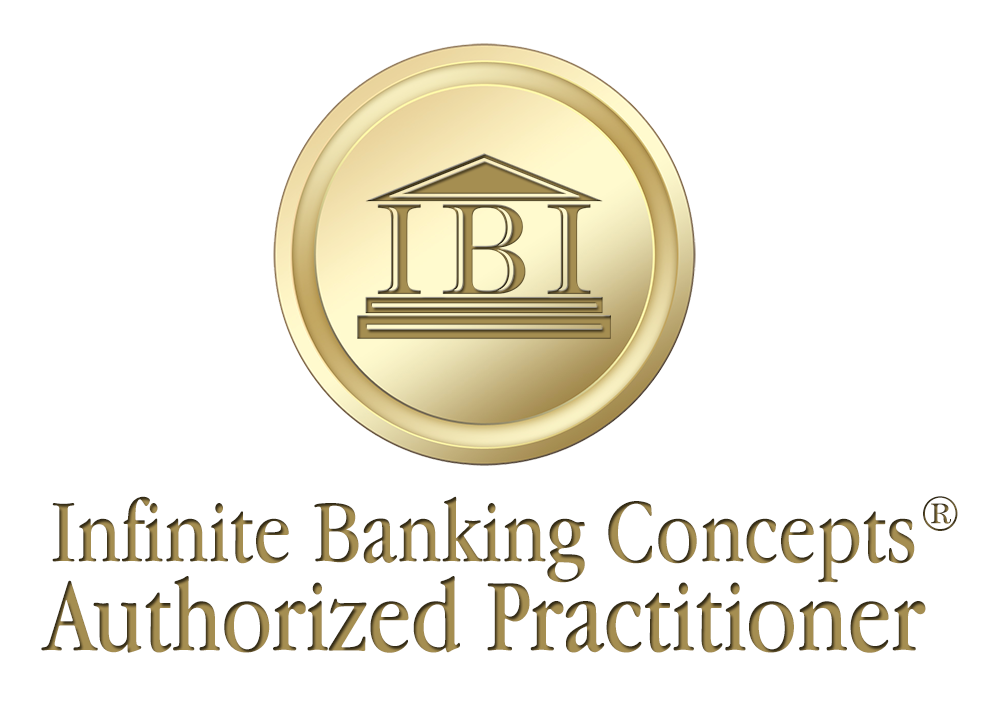BOLI Continues to Increase
Why do Banks own life insurance or commonly referred to by the acronym BOLI (bank owned life insurance)? According to banking rules, banks must keep a certain amount of tier one capital to protect them against failing. Tier one capital is the best form of bank capital – the money that the bank has in its coffers to support all the risks it takes: lending, trading and so on. Banks are often regarded as safe based upon how much capital it they have. BOLI is tier one capital. In other words the purchase of BOLI strengthens the bank!
Bank-owned life insurance experienced yet another year of steady growth, with $149.6 billion in total assets in 2014, a 4 percent increase from the year before, according to the latest research from the Equias Alliance/Michael White Bank-Owned Life Insurance Holdings Report. For banks with less than $10 billion in assets, the growth rate was a robust 7.1 percent.
Fifty eight point four (58.4) percent of all banking institutions in the US hold life insurance assets. BOLI was popular among all types of banks, with more than 50 percent of charter type banks holding BOLI assets. Leading the way were savings banks with 76.0 percent of the 367 banks in this category and 67.4 percent of Federal Reserve member banks owning BOLI.
One of the reasons that bank-owned life insurance continued to experience significant growth in 2014 is that existing policyholders often chose to make additional purchases. This is not uncommon and is a testament to the satisfaction that many BOLI clients have with both the short and long-term performance of their BOLI policies.
BOLI remains popular with banks because:
1) Cash values are part of Tier 1 capital for the bank.
2) It provides tax advantaged investment income not available with traditional bank investments, as well as attractive yields compared to alternative investments of a similar risk and duration.
3) The growth in the cash value of the BOLI policies generates income for the bank and its shareholders.
4) The bank receives the life insurance proceeds tax-free upon the death of an insured employee who elected to participate in the plan.
5) The bank may, at its discretion, enhance the benefits it provides to the insured employees.
Thus, each year, an increasing percentage of U.S. banks hold BOLI assets and use the income to help offset and recover employee benefit expenses such as healthcare and retirement. Additionally, U.S. Banks increase their financial strength, by increasing their tier 1 capital, when purchasing BOLI.
A few questions to consider:
1) Why do banks own (cash value) whole life insurance?
2) Do the actions of Banks tell us that life insurance is a good/safe place to store money? (How and why is this different that what you have heard?)
3) Should individuals have personal “tier 1” capital in life insurance?
4) What percentage of your total wealth should you have in cash value life insurance?






Leave a Reply
Want to join the discussion?Feel free to contribute!